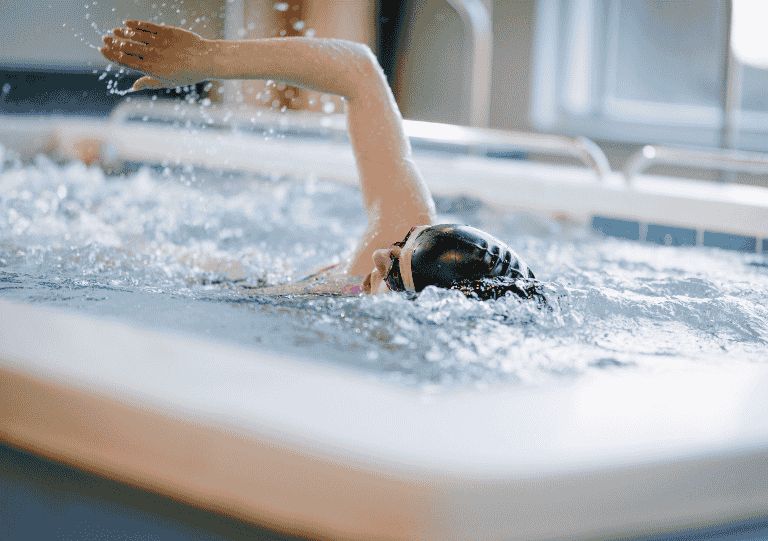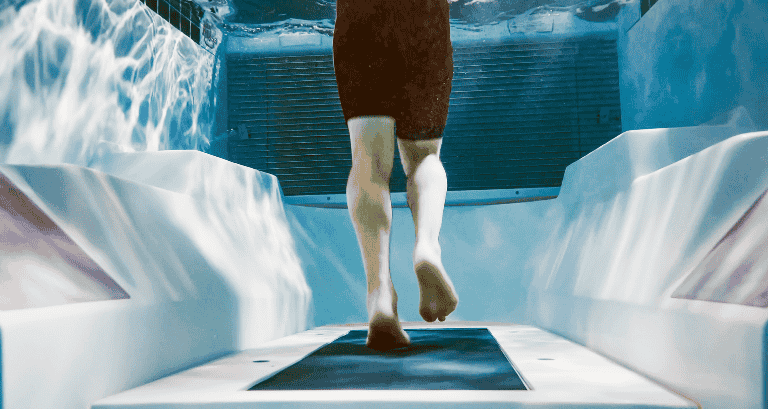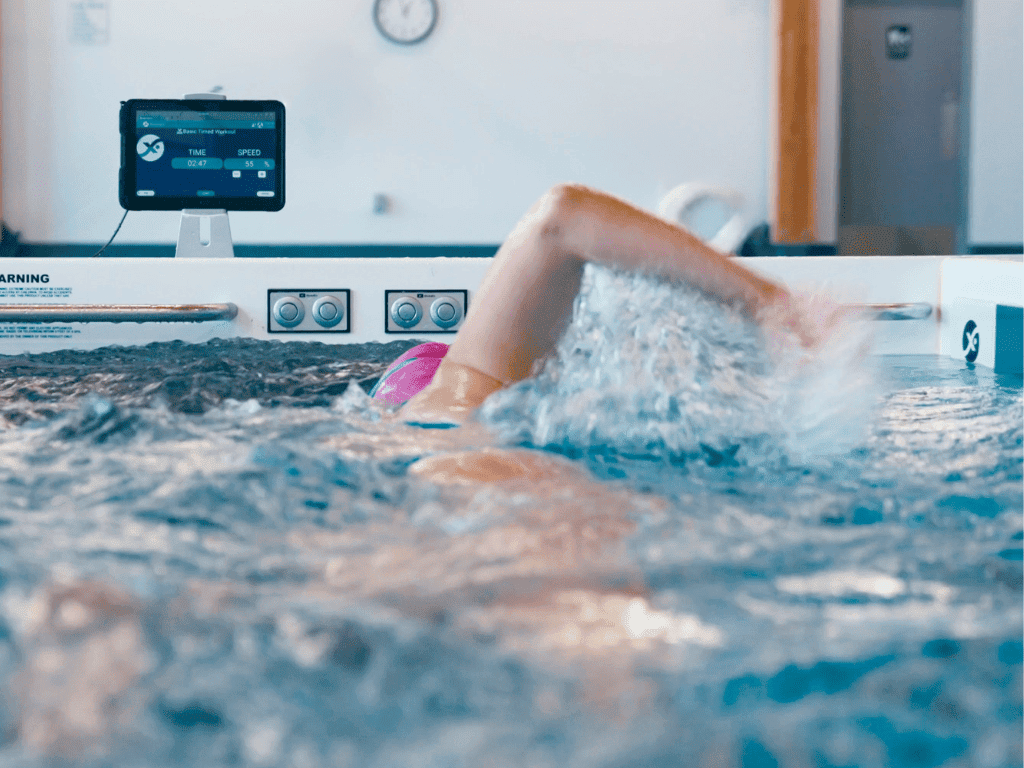An upper body workout is an important part of any fitness routine. Running and lifting weights are two techniques to help build your upper body strength. But, have you ever considered swimming? Here’s what it will do for you and why it’s a great form of exercise.
Swimmers depend on their upper body to propel them. They spend countless hours strengthening their shoulders and back for a stronger core, better posture to fight unnecessary injuries and to help maintain their form.
Working the upper body by swimming strengthens ab and core muscles, helping you burn calories at a faster rate. In addition, toned and strong arms will propel you into other exercises that rely heavily on your legs.
Swimming is unlike any other aerobic exercise. According to Hirofumi Tanaka, a professor of kinesiology and director of the Cardiovascular Aging Research Lab at the University of Texas, “When you’re submerged in water it means your bones and muscles are somewhat unshackled from the constraints of gravity.”

Swimming is beneficial for people with osteoarthritis, for whom weight-bearing exercise can be painful. Your body is working harder when you’re in the pool. Water is denser than air. Studies have shown moving through water puts more external pressure on your limbs than out-of-water training. That pressure is uniformly distributed so it doesn’t collect in your knees, hips or the other places that bear most of the burden when you exercise with gravity sitting on your shoulders.
According to Annie Emerson, an international triathlete and coach, swimming helps you improve your flexibility. “The range of motion involved in swimming lengthens the muscles in a way that can make your joints more flexible and help recovery,” she said.
Additional ways to train in the water
1. Resistance training
Swimming against a powerful current in a swim spa can give you the same results as weight training or running. Water provides resistance from all vectors and angles, making it more challenging than dry land training. Swimming against a current will give you joint and muscle-free pain while still battling resistance as you would lifting weights.
2. Running
Running on hard surfaces can be harsh on your muscles and joints as you get older. Being in water on the other hand reduces the impact of muscles and joints, while also creating resistance. When using an underwater treadmill, being submerged in water reduces your weight up to 90% depending on the water depth. For example, a 150-pound runner underwater has to carry only 15 pounds of body weight. With less weight to carry, you minimize injury risk and undue stress.

3. Core exercises
Swimming against a current or running on an underwater treadmill will surely work your ab muscles. Other options include holding on to the rails or side to do crunches against the current. Try swinging your legs into the current to work on the obliques. To add more resistance, use a medicine ball or kick board against the current, to get your ab muscles fired up.

Swimming is a great exercise for people of all ages. It’s a great way for your body to get stronger and recover. Specifically for upper body strength, swimming will target your traps, shoulders, back, abs, and triceps. If you want to decrease the stress and risk of injury on your body from running or lifting weights, swimming is the way to go.